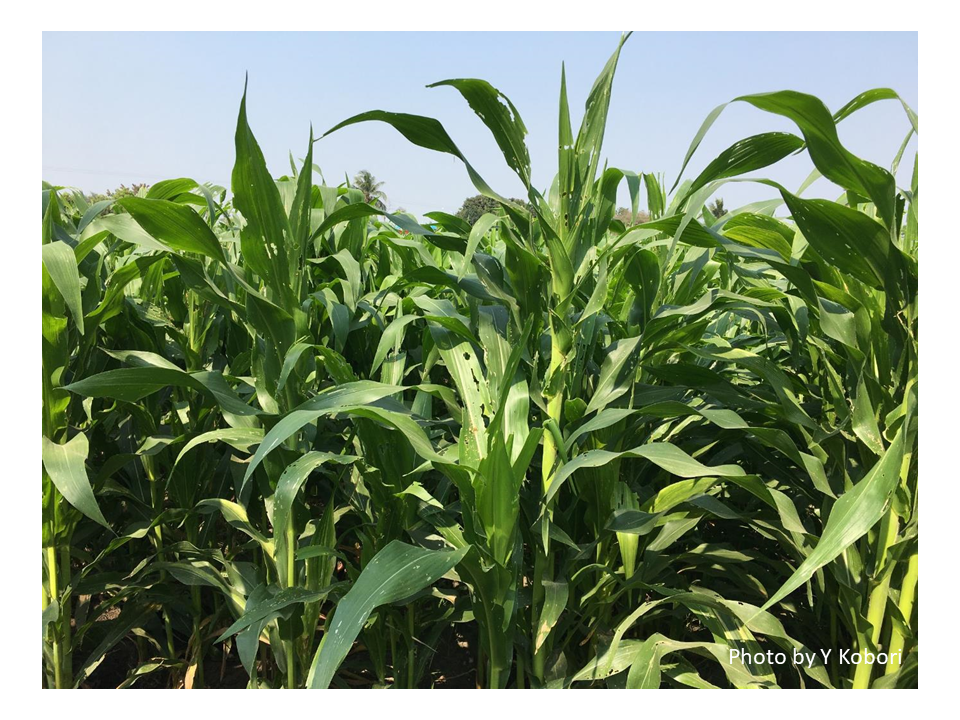Pick Up
828. Development of a Simple Method for Monitoring Pesticide Susceptibility of Fall Armyworm

828. Development of a Simple Method for Monitoring Pesticide Susceptibility of Fall Armyworm
The fall armyworm (Spodoptera frugiperda), recently invasive in Asia, is a transboundary pest that is rapidly expanding its range. Due to its high mobility and dispersal ability, if insecticide resistant strains emerge in one region, there is a high probability of rapid infestation in neighboring countries. Therefore, an international network in which each country monitors changes in susceptibility and promptly shares results to collaboratively develop countermeasures is essential to suppress the development of pesticide resistance in fall armyworm. To facilitate easy comparison of susceptibility changes, it is critical that all participating agencies conduct evaluation trials using the same method for monitoring.
Therefore, the Plant Protection Research and Development Office under the Department of Agriculture of Thailand, in collaboration with JIRCAS and advised by the NARO Institute for Plant Protection, developed an artificial diet using only materials that are relatively readily available in Southeast Asian countries, including developing regions, and a simple method for monitoring the pesticide susceptibility test using this diet. The methodology and results have been published in a research paper. In addition, this paper also reports that susceptibility tests were conducted using fall armyworm populations collected from several maize growing regions in Thailand, suggesting that susceptibility to several insecticides may already be reduced.
Future activities will focus on establishing an insecticide susceptibility monitoring network for fall armyworm in Southeast Asia, mainly on the Indochina Peninsula, using the methods developed in this study. In addition, we will conduct research on countermeasures against the emergence of resistant strains and explore sustainable pest management techniques to mitigate the emergence of resistant strains.
References
Thirawut et al., CABI Agriculture and Bioscience (2023) 4:19. DOI: 10.1186/s43170-023-00160-8
・30. Transboundary Pests and the International Year of Plant Health ― Fall armyworm
https://www.jircas.go.jp/en/program/program_d/blog/20200528
・272.「Fall Armyworm, the “Coronavirus of Agriculture”
https://www.jircas.go.jp/en/program/proc/blog/20210409
・361. Development of Environment-friendly Management System Against Transboundary Plant Pests Based on Ecological Characteristics
https://www.jircas.go.jp/en/program/proc/blog/20210820
・655.Toward the Establishment of Insecticide Susceptibility Monitoring Network for Fall Armyworm in Indochina
https://www.jircas.go.jp/en/program/proc/blog/20221110
Contributor: KOBORI Youichi (Crop, Livestock and Environment Division)
